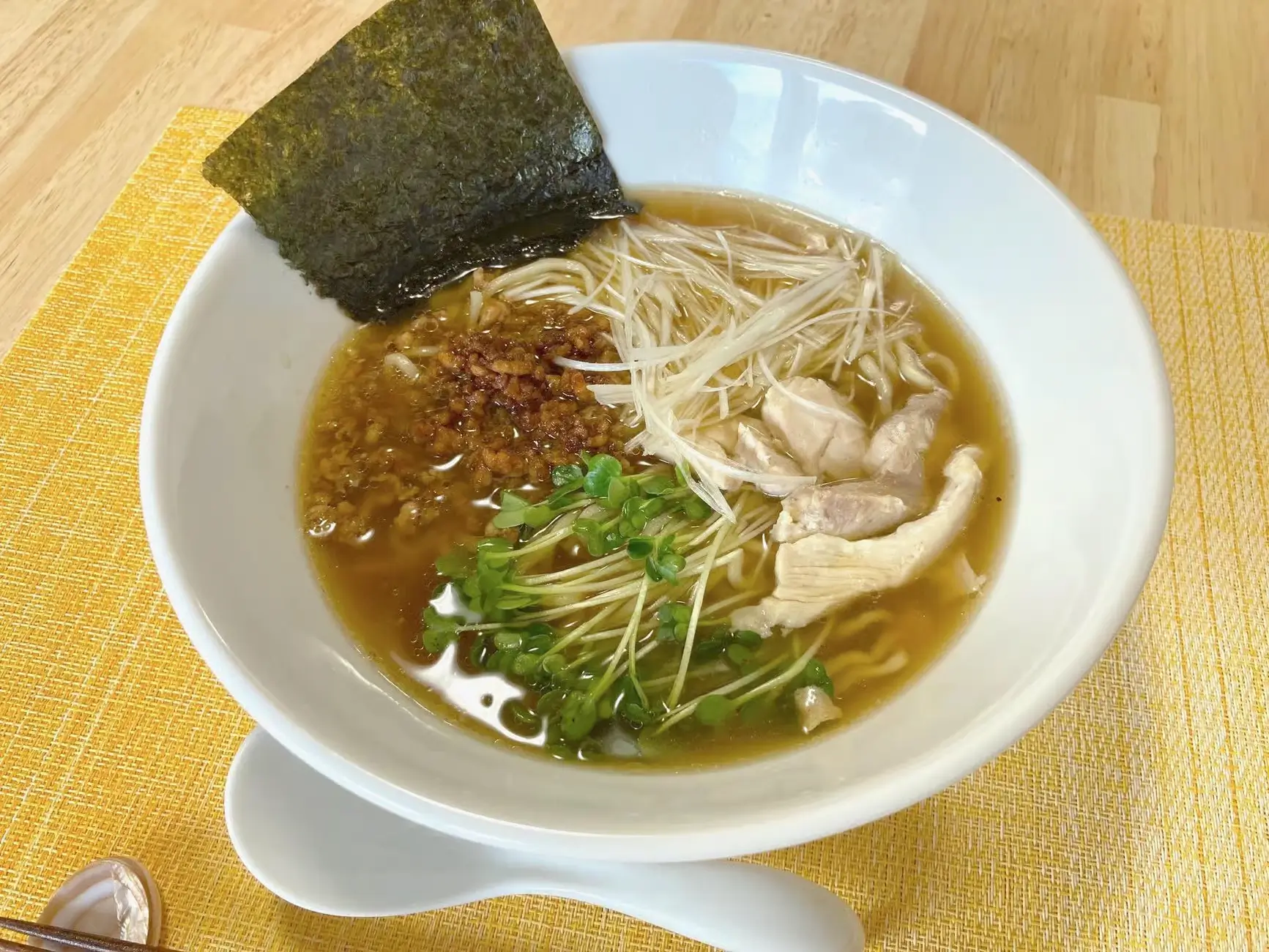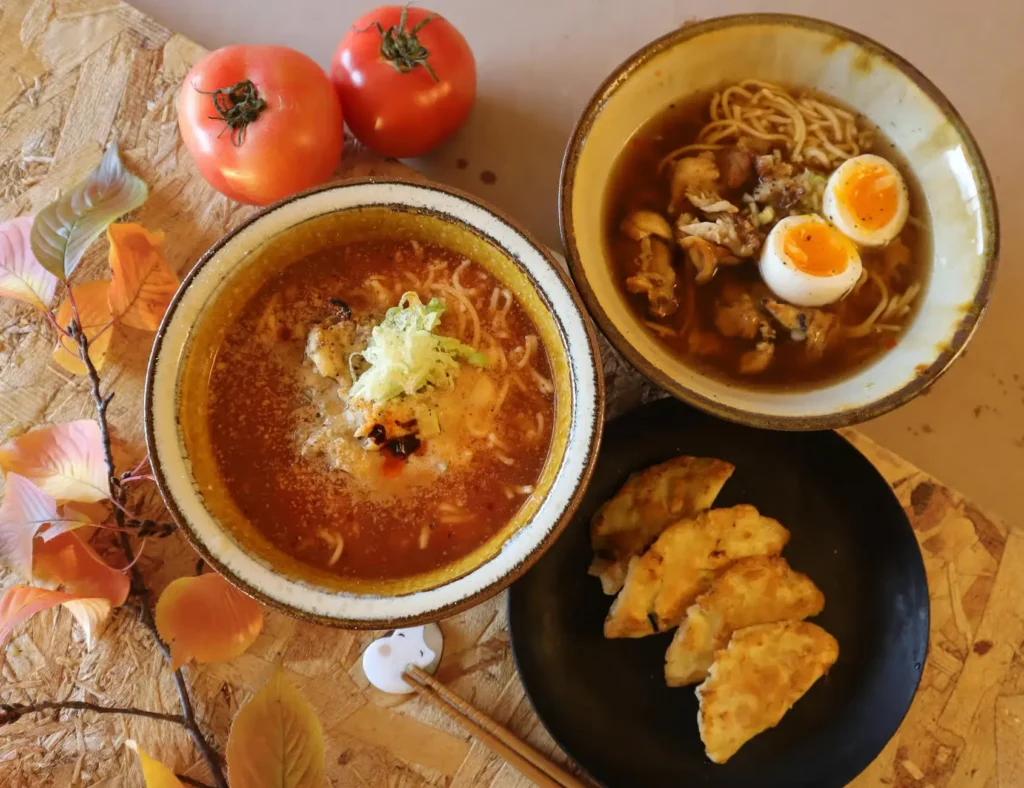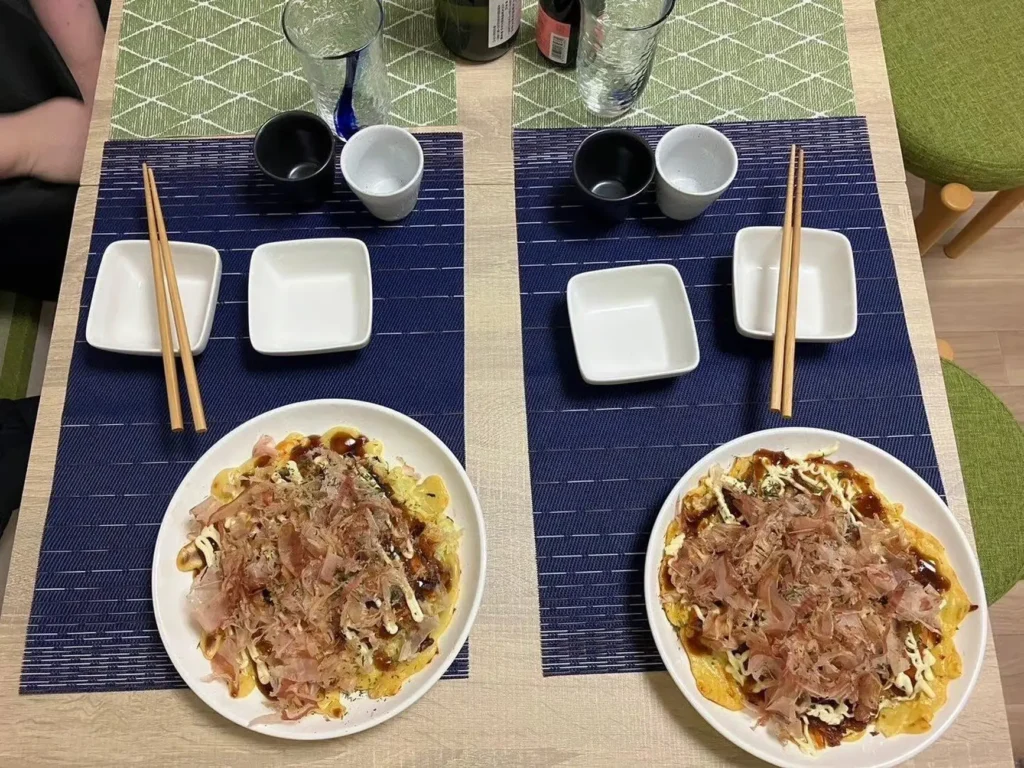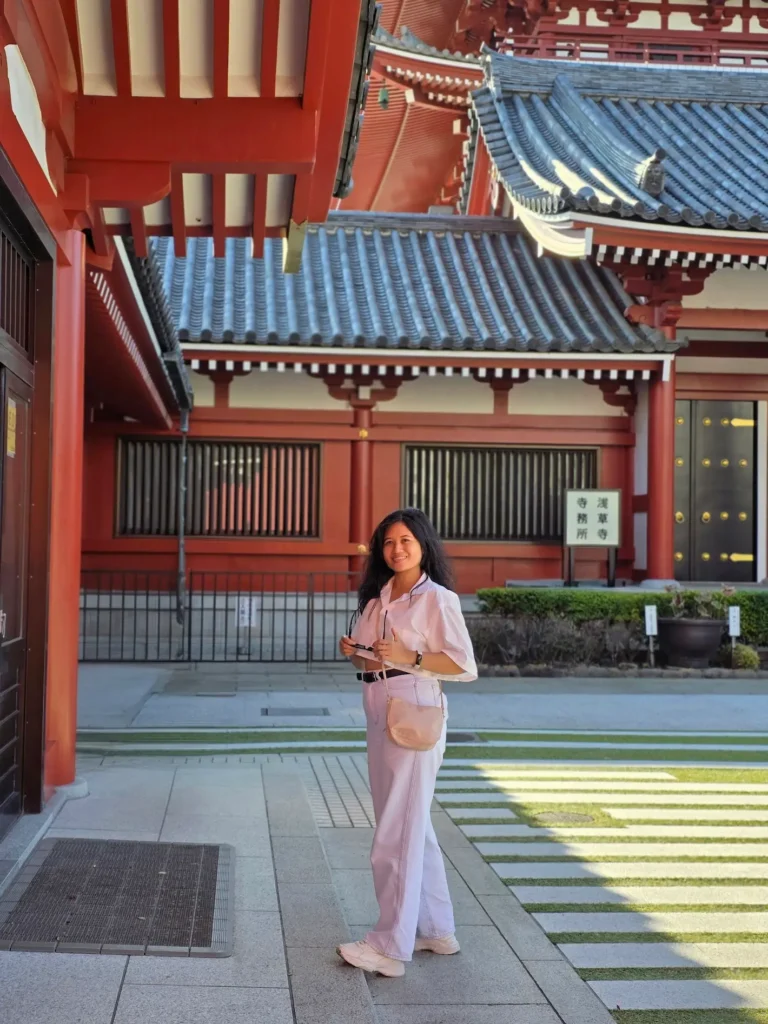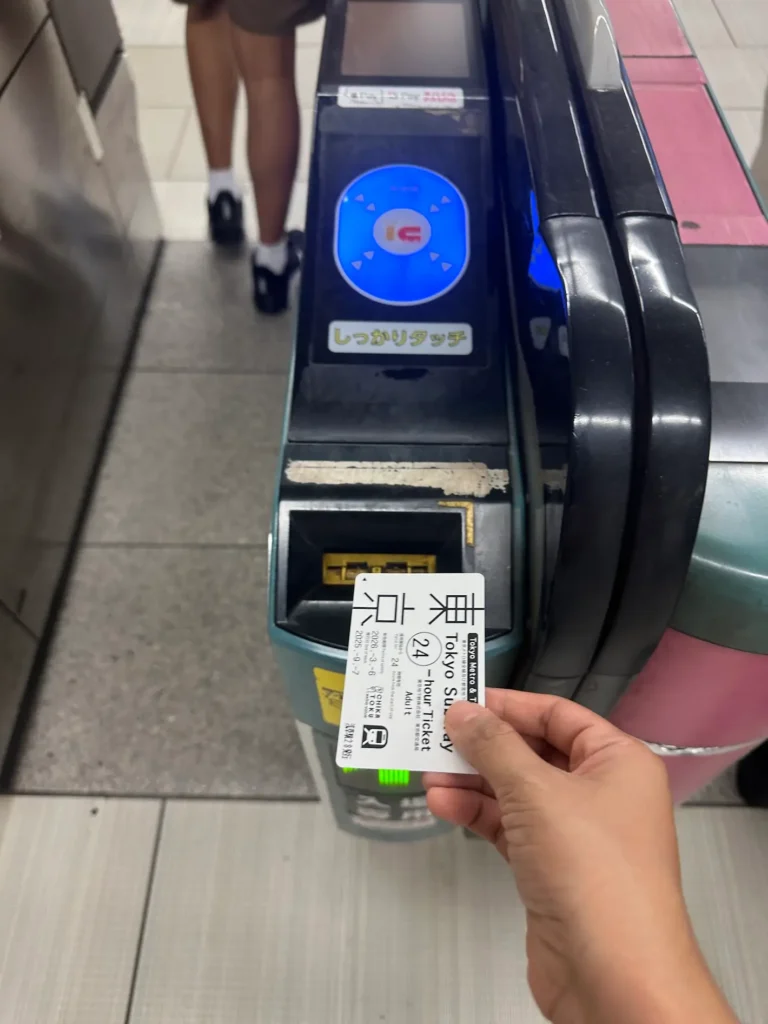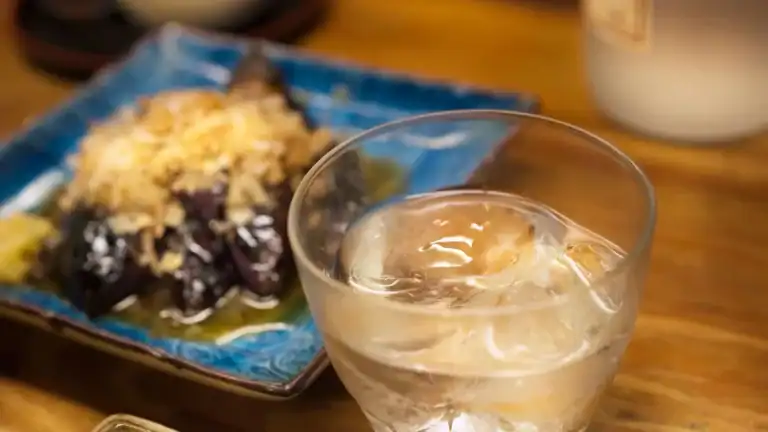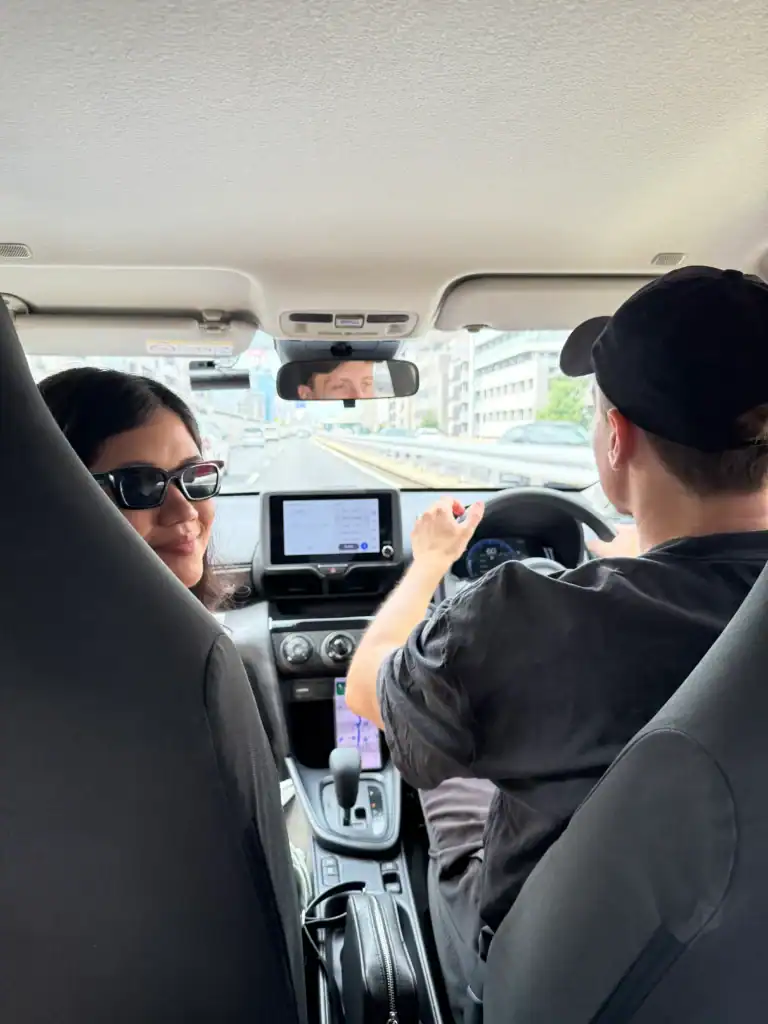10 Fun and Authentic Cooking Classes in Osaka
If Tokyo is where you eat to explore and Kyoto is where you eat to reflect, Osaka is where you eat to celebrate.
This city might be a little too loud and crowded for me, but I completely understand why foodies fall in love with it.
From sizzling takoyaki stands along Dotonbori to okonomiyaki flipped fresh in tiny backstreet shops, Osaka isn’t called Japan’s Kitchen for nothing.
Here, food is a language of joy — and one of the best ways to experience it isn’t just by tasting it, but by cooking it yourself.
After joining a few cooking classes in Japan, I was amazed by how much emphasis they put on freshness, precision, and artistry. Expect that, and plenty of laughter, when you cook in Osaka.
In this guide, I’ll share the best cooking classes in Osaka — from hands-on ramen and sushi workshops to calming tea ceremonies — so you can celebrate Japan’s Kitchen in the most delicious way possible.
This post contains affiliate links. If you book through them, I may earn a small commission — at no extra cost to you. Thank you for your support! Read our full disclosure.
Top Picks: Best Osaka Cooking Classes
Category |
Top Pick |
|
Top Pick for Beginners |
Osaka Ramen & Gyoza Cooking Class (Dotonbori) → GetYourGuide · Viator |
|
Top Pick for Foodies |
Professional Sushi Making Class → Klook |
|
Unique Osaka Experience |
Osaka Okonomiyaki & Takoyaki Cooking Class (Namba) → GetYourGuide |
|
Most Cultural Experience |
Japanese Traditional Sweets & Tea Ceremony → GetYourGuide |
|
Vegan / Vegetarian Friendly |
Osaka Gluten-Free Ramen & Gyoza Cooking Class → GetYourGuide |
1. Ramen & Gyoza Cooking Class (Dotonbori)
¥9,000 to ¥12,000 ($60 to $80)
If you’re looking for a hands-on cooking class in Osaka, this one delivers!
Many ramen workshops only assemble pre-made ingredients, but here the process starts with the basics.
Guests knead and roll the dough, then cut their own noodles to the thickness they prefer. The difference is clear when the noodles hit the broth.
Gyoza is part of the session as well. The instructor demonstrates how much filling to use and how to fold the wrapper so it seals cleanly.
Everyone makes several pieces, enough to get the movement right.
One of the highlights of this class is when the gyoza pan hits the heat is a highlight. Crisp bottom and a very soft center. Yum!
The kitchen is located near Dotonbori, about a short walk from the area’s main street. Class size stays small, usually around eight participants. This creates space to ask questions and get real feedback. Instructions are in clear English.
Recipes are provided after the class, which helps anyone who wants to try again at home. This suits travelers who enjoy learning by doing and want a memorable meal, not just a tasting.
2. Gluten-Free Ramen & Gyoza Cooking Class
¥15,300 to ¥18,400 ($100 to $120)
This class is a good choice for plant-based travelers. You make ramen and gyoza from scratch using ingredients that stay flavorful without relying on wheat or animal products.
Everything is made from scratch. Noodles use gluten-free flour blends. The broth has both rich umami and clean flavor.
The instructor explains substitutions clearly, showing how to build depth without relying on wheat-based ingredients.
The group size is very small, limited to four participants. This allows close guidance and steady pacing. Each person gets hands-on practice shaping noodles, adjusting seasoning, and folding gyoza.
The instructor checks technique and offers simple corrections, so the results come out balanced and consistent. There is time to taste and compare textures, which helps build confidence for making these dishes again at home.
The studio is located at 4-19 Nukata-cho, a short five-minute walk from Nukata Station. The setting is quiet and easy to navigate.
The session lasts about three hours. English instruction is clear and direct. This suits travelers who want to enjoy Japanese food culture while respecting allergies, gluten intolerance, or vegan and vegetarian preferences.
3. Professional Ramen Cooking Class
¥6,080 to ¥7,650 ($40 to $50)
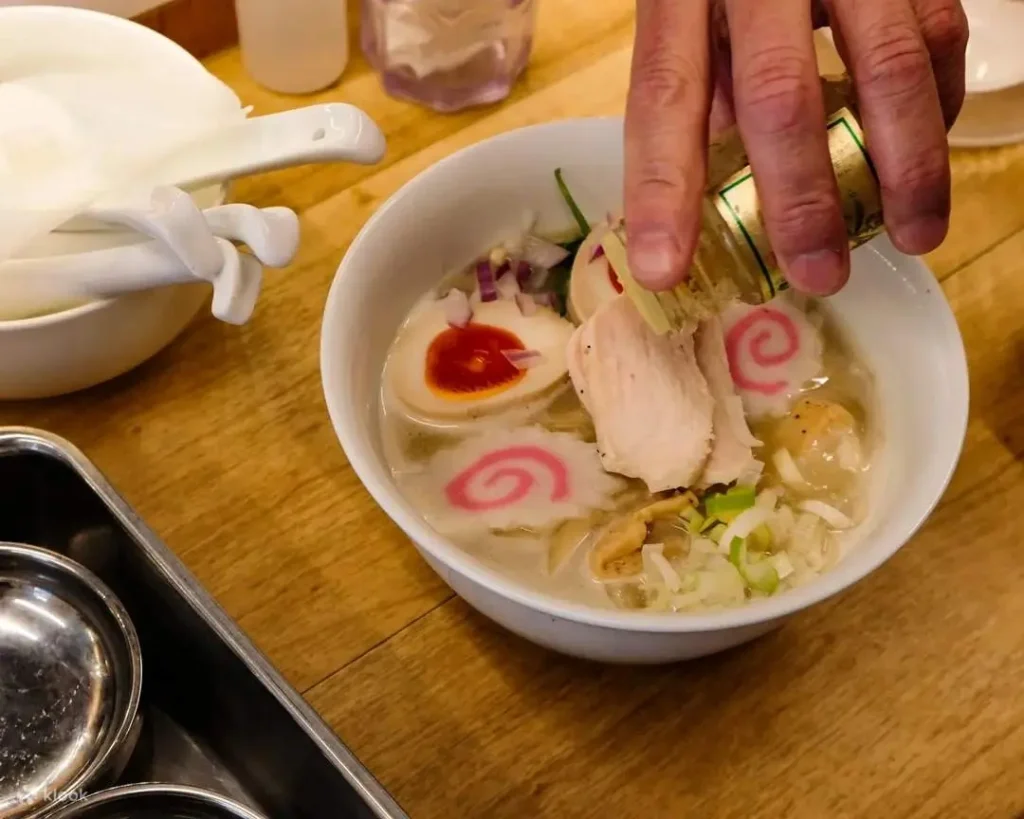
One thing you will like about this class is that every step feels careful and intentional. It is a good choice for anyone who values the craft behind the bowl, not just the flavor at the end.
This class fits travelers who want to understand ramen on a deeper level. You notice how small choices change the taste and texture.
The chef explains the broth structure, noodle texture, and how balance is created through seasoning. The pace is steady and detailed. Participants taste and compare flavors as they go, which makes the learning clear.
Everyone prepares authentic chicken broth ramen from scratch. The atmosphere is welcoming, and the chef shares background stories about his experience and the culture behind the dish. This personal touch stays with you.
The class takes place in a real ramen shop near Tanimachi 9-chome Station, about five minutes from Namba by train. Aprons and ingredients are provided. The group size is small enough for hands-on attention.
The class can accommodate halal and vegan requests with prior notice. This fits food lovers who enjoy technique, process, and flavor exploration.
4. Sushi Making Class in Namba Dotonbori
¥3,060 to ¥7,650 ($20 to $50)
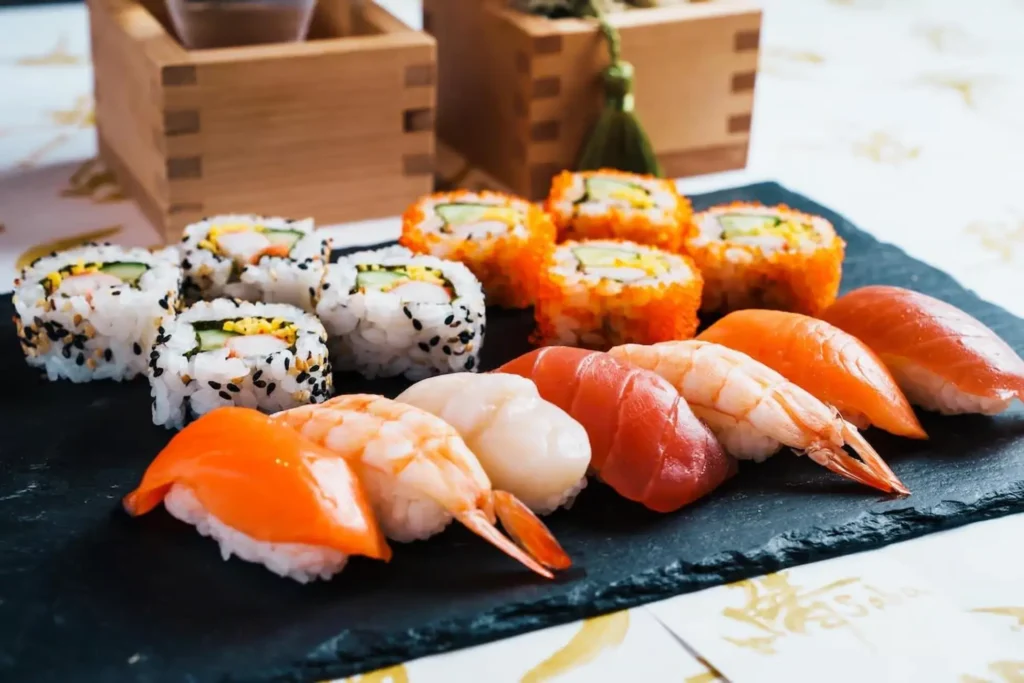
If you are wondering whether making sushi is difficult, it becomes easier than it looks once you get the hang of it. Mine turned out better than I expected!
This class is in the Namba area, just a short walk from Dotonbori, one of Osaka’s most energetic food areas. The streets are lined with restaurants, grills, and snack stalls.
You hear the sound of cooking and see people eating at all hours. The studio is just a five-minute walk from Shinsaibashi Station, so it is easy to reach.
You will also not need to worry about the instructors because they explain everything in clear English. The atmosphere stays relaxed and friendly. It helps beginners feel comfortable right away.
Guests learn how to prepare sushi rice, slice ingredients, and shape several types of sushi. The instructor demonstrates hand movements closely, then guides each guest one by one.
Everyone gets enough time to practice, repeat, and adjust. Small groups sometimes feel like private lessons, which makes the experience more personal.
After shaping the final pieces, you will be able to sit down and eat everything that you made in class. My favorite part! It was fascinating to think about making and eating your own sushi.
This fits travelers who want a short, hands-on activity and a clear entry into Japanese cuisine.
If you wish to understand how the class operates in practice, [I Tried the Best Sushi Making Class in Tokyo]. It shows the craft behind each step of making sushi.
5. Well-Balanced Bento Lunch Box Cooking Class
¥12,160 to ¥13,680 (US $80 to US $90)
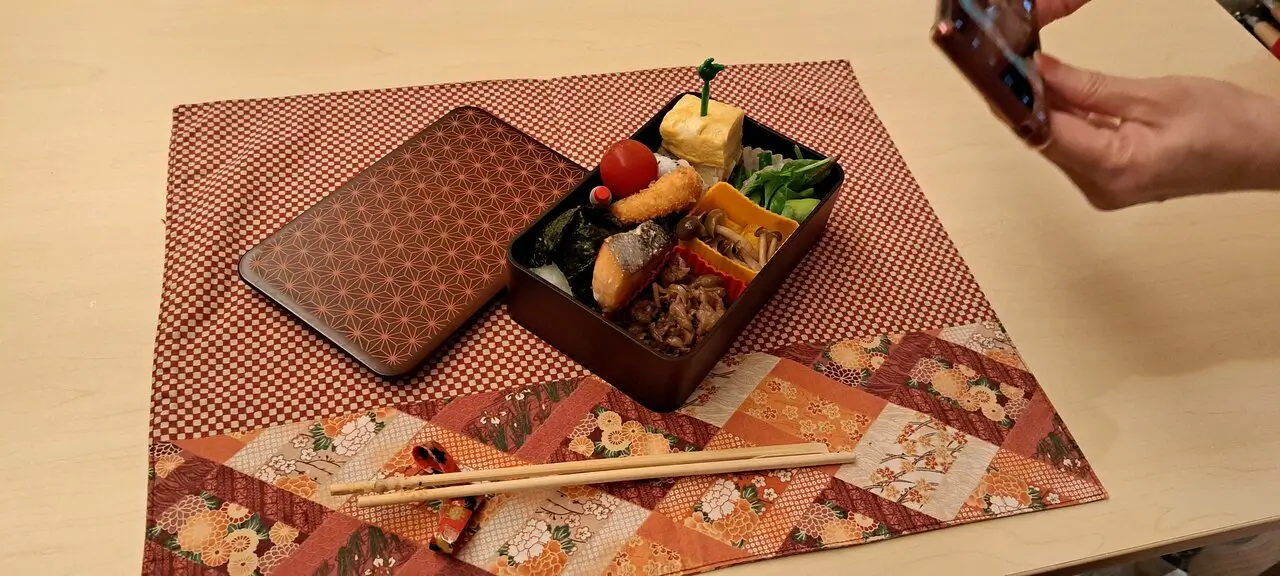
This class focuses on everyday flavors and balanced meals. If you enjoy arranging food with care, this is a must try!
Guests learn how to make a home-style Japanese bento. The session begins with a quick introduction to dashi. Then everyone prepares a few small dishes that form a balanced meal.
Next, guests practice shaping rice balls. The instructor shows how to place each item in the lunch box so it looks neat and appealing.
Class size is small, so there is space to ask questions and learn at a steady pace.
The location is in Kitahorie, a short walk from Yotsubashi Station. The session ends with everyone enjoying the meal they made, served with miso soup.
6. Okonomiyaki & Takoyaki Cooking Class
¥10,600 to ¥15,200 ($70 to $100)
For this class, you will cook Osaka’s favorites: okonomiyaki, a cabbage and batter pancake, and takoyaki, round batter bites often filled with octopus.
The studio is bright and friendly, about a five minute walk from Sakaisuji-Hommachi Station. The instructor speaks English and Japanese and guides you through each step at a relaxed pace.
You mix the batter, chop the toppings, and cook on a hot plate. The sizzle when you flip the okonomiyaki feels satisfying. For takoyaki, you fill the molds and learn the quick turn that forms each ball.
The group is small, limited to eight people, so the atmosphere stays comfortable. You can ask questions and take your time.
The instructor is a trained Washoku professional, and you receive recipes to take home. The session includes tasting time and drinks such as sake or beer.
This class feels fun and easy to enjoy. It works well before or after exploring the Namba and Dotonbori area, so it fits smoothly into a day out in Osaka.
7. Kushikatsu Cooking Experience with Sake
¥7,500 to ¥9,200 ($50 to $60)
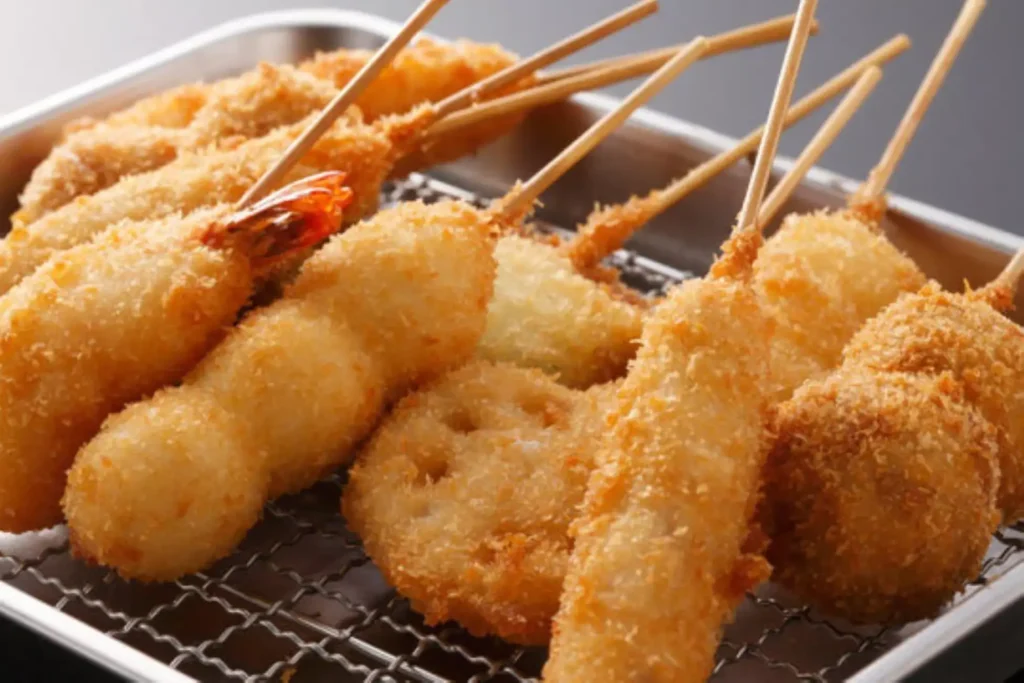
If you prefer a less formal cooking activity, this home-style kushikatsu class is a good choice.
You learn how to make kushikatsu, which are deep-fried skewers of meat, seafood, and vegetables. The class takes place in a small cooking studio near Nakatsu Station, about a short walk from the exit.
The instructor teaches in English and Japanese and shows you each step. You skewer the ingredients, coat them in batter, and lower them into hot oil. You hear the frying sound and watch the coating turn crisp and golden.
You then sit down and eat what you made with sake, which makes the experience more enjoyable!
The group size is small, limited to four people, so you have space to work and time to ask questions. This class is beginner-friendly.
The instructor is a local cooking teacher rather than a restaurant chef. Recipes are explained clearly during the session. A printed recipe may or may not be provided, so take notes if you want to cook these again at home.
Vegetarian options are limited, and vegan requests are not suitable for this class. It is best enjoyed in the evening, especially if you are already exploring Umeda or staying nearby.
Tea, Sweets & Cultural Experiences
8. Matcha and Japanese Sweets Making
¥3,000 to ¥4,600 ($20 to $30)
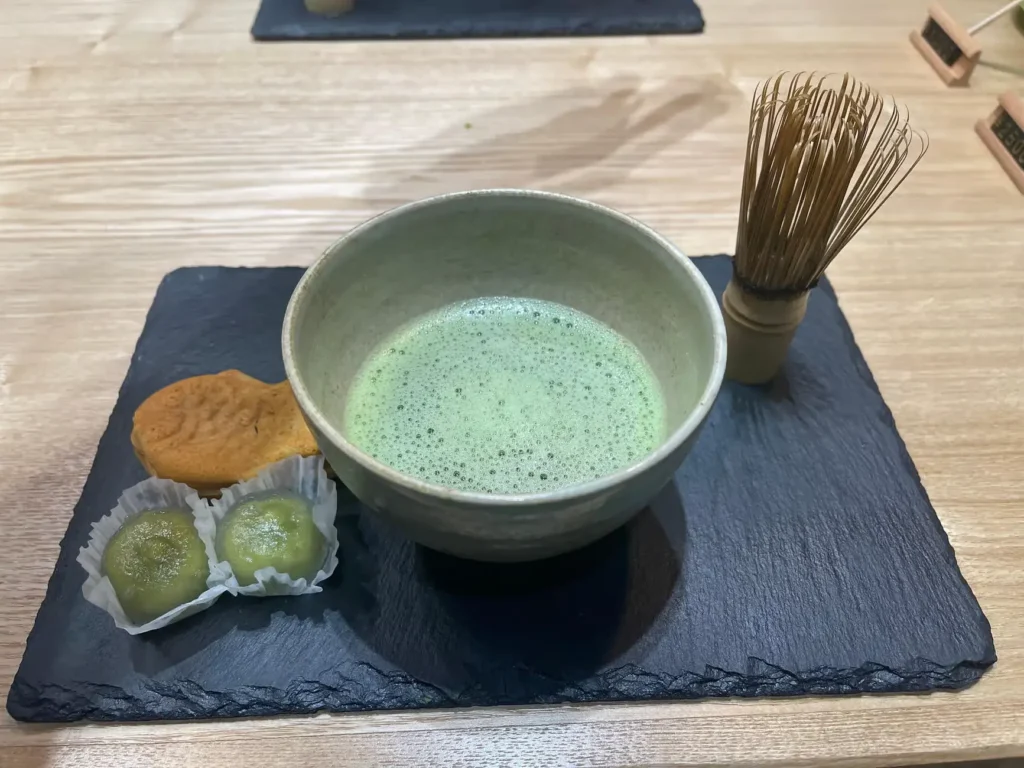
Sometimes traveling in the city can feel overwhelming. If you want a calm moment while learning something new, and you enjoy real matcha, this class is a good choice.
You learn how to whisk matcha the traditional way and pair it with seasonal wagashi, which are Japanese sweets made to match the flavor of tea.
Matcha is everywhere now. If you want to experience an authentic one, this is a good place to start.
The class is held in a small studio near Shinsaibashi Station, about a five minute walk. The instructor is a local teacher rather than a formal tea master, and the tone is friendly and relaxed.
Group size is limited to six people, so you have space to watch, practice, and ask questions.
You hold the chawan bowl, add matcha powder, and use a bamboo chasen whisk to create a smooth, foamy surface. The instructor shows the wrist movement, and you repeat until the texture looks right.
You then taste the matcha alongside handmade sweets. The flavors balance gently, not too sweet, not too bitter. Most sweets used are vegetarian, but vegan options may need to be requested in advance.
This class lasts about one hour. It fits well as a break during a day of walking around Dotonbori and Shinsaibashi. Recipe guidance is explained, though printed recipes may not always be provided.
If this matcha-making moment speaks to you, take it a step further with my guide to [14 Cooking Classes in Kyoto You’ll Love] — it’s perfect for travelers who want to explore Japan’s more traditional side through sweets and tea.
9. Japanese Home Cooking Class in Osaka (Umeda)
¥9,200 to ¥10,700 ($60 to $70)
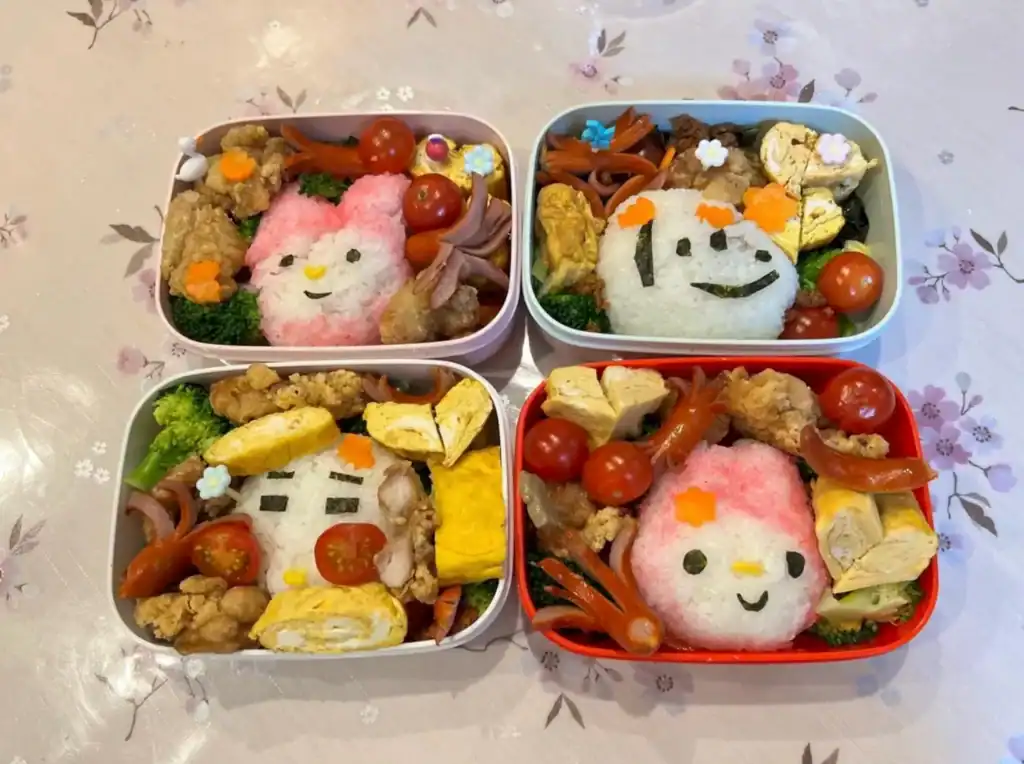
This class is a nice choice for kids and for anyone who is a kid at heart. The setting feels relaxed, and the pace is very easy!
This class is open to children ages 0 to 9. Each child needs to be accompanied by one adult for guidance.
You cook simple Japanese home dishes in a local host’s kitchen in Umeda. The class is private or very small, so you move at your own pace and ask questions anytime.
The instructor is a home cook, not a restaurant chef, which makes the lesson practical and easy to repeat at home.
You can choose the menu before the class. Options include ginger-grilled pork with rice balls and miso soup, kushikatsu with rice balls, takoyaki with dessert, or a bento set.
Ingredients are easy to find in regular supermarkets, and the host explains what to look for when shopping. Vegetarian substitutions may be possible if requested in advance. Vegan options are limited.
You wash, cut, season, and cook step by step. You shape rice balls by hand and taste the broth while adjusting the flavor. The host shows how each dish is served in everyday Japanese homes.
You can also take photos and write notes while discussion. Printed recipes may vary, so bring a small notebook.
The location is near Osaka Station and works well before or after visiting Umeda Sky Building.
10. Mochi Pounding & Tasting Experience
¥3,000 to ¥4,600 ($20 to $30)
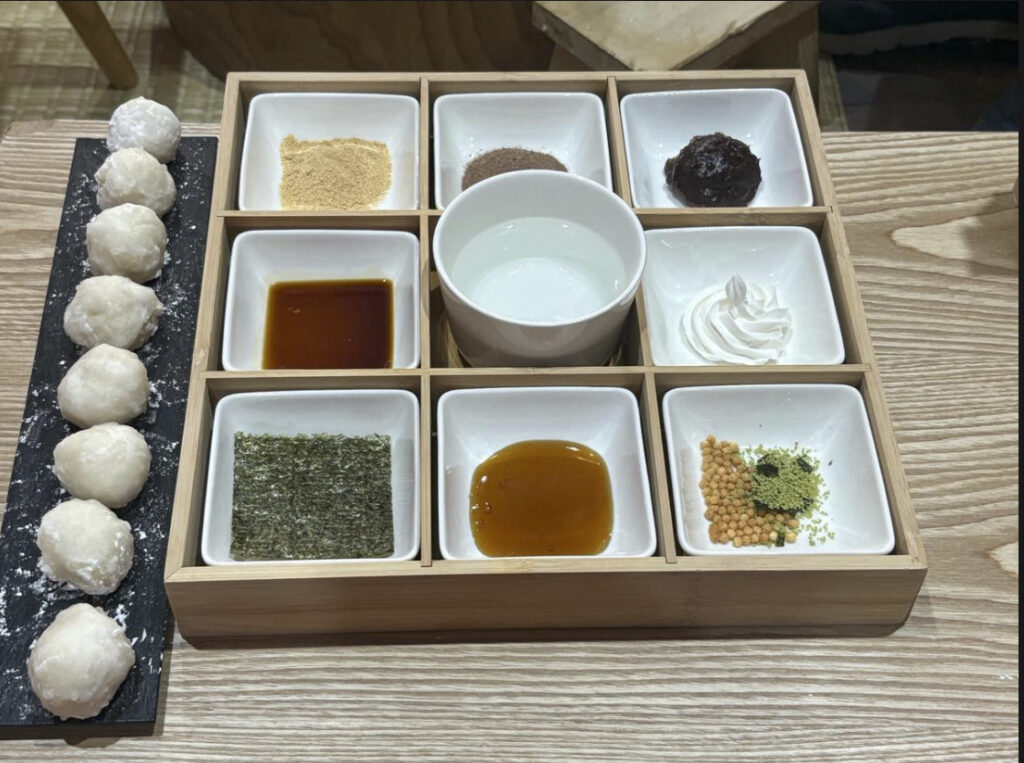
What makes mochi classes fun is the physical part. You move your body. You lift the mallet. You feel the rhythm.
It is more active than the other classes, which mostly focus on cutting, shaping, or arranging.
You learn how to pound mochi the traditional way in a small studio near Dotonbori, just a three-minute walk from Namba or Shinsaibashi Station.
The instructor explains the history of mochi, then shows each step slowly. You steam glutinous rice, lift the wooden mallet, and pound the rice in rhythm.
The sound is steady and you feel the texture change as it becomes smooth. The instructor guides your hands and pace, so it stays safe and fun.
You taste the mochi right away. You try five toppings such as kinako (roasted soybean powder), sweet red bean paste, nori, and sweet soy sauce.
These toppings are vegetarian, and most are suitable for vegans, but it is best to confirm in advance. The class is small, so you have space to move and ask questions.
The instructor is a local cooking staff member, not a restaurant chef, and the atmosphere is friendly. Printed recipes are not usually provided, but the process is simple to remember.
This is a good activity before or after exploring Dotonbori’s food street. It is fun for couples, families, or groups.
Found Your Favorite Cooking Class in Osaka?
Osaka isn’t just a place to eat — it’s a place to join in.
Whether you’re rolling sushi, sizzling takoyaki, or sipping matcha, these classes let you live the energy that makes Osaka so unforgettable.
If one of these caught your eye, book it early — the top classes fill up fast, especially on weekends and during cherry blossom season.
And once you’ve mastered your dish, step out into Dotonbori or Shinsekai, grab a skewer of kushikatsu, and toast to the city that truly never stops cooking.
Read More About Japan
- I Tried the Best Sushi Making Class in Tokyo
- The Best eSIM for Japan That Actually Worked for Me
- 10 Best Day Trips from Tokyo (That Are Actually Worth It)
- Is the Tokyo Metro Pass Worth It?
- 15 Best Kawaguchiko Hotels with Mt. Fuji Views
- 14 Of The Best Cooking Classes In Tokyo For Tourists
- 14 Cooking Classes in Kyoto You’ll Love

